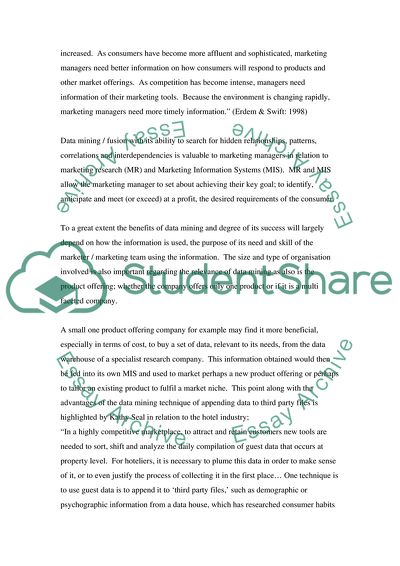Cite this document
(The Role of Data Mining and Fusion in Modern Marketing Management Article - 10, n.d.)
The Role of Data Mining and Fusion in Modern Marketing Management Article - 10. https://studentshare.org/marketing/1707613-marketing
The Role of Data Mining and Fusion in Modern Marketing Management Article - 10. https://studentshare.org/marketing/1707613-marketing
(The Role of Data Mining and Fusion in Modern Marketing Management Article - 10)
The Role of Data Mining and Fusion in Modern Marketing Management Article - 10. https://studentshare.org/marketing/1707613-marketing.
The Role of Data Mining and Fusion in Modern Marketing Management Article - 10. https://studentshare.org/marketing/1707613-marketing.
“The Role of Data Mining and Fusion in Modern Marketing Management Article - 10”. https://studentshare.org/marketing/1707613-marketing.


